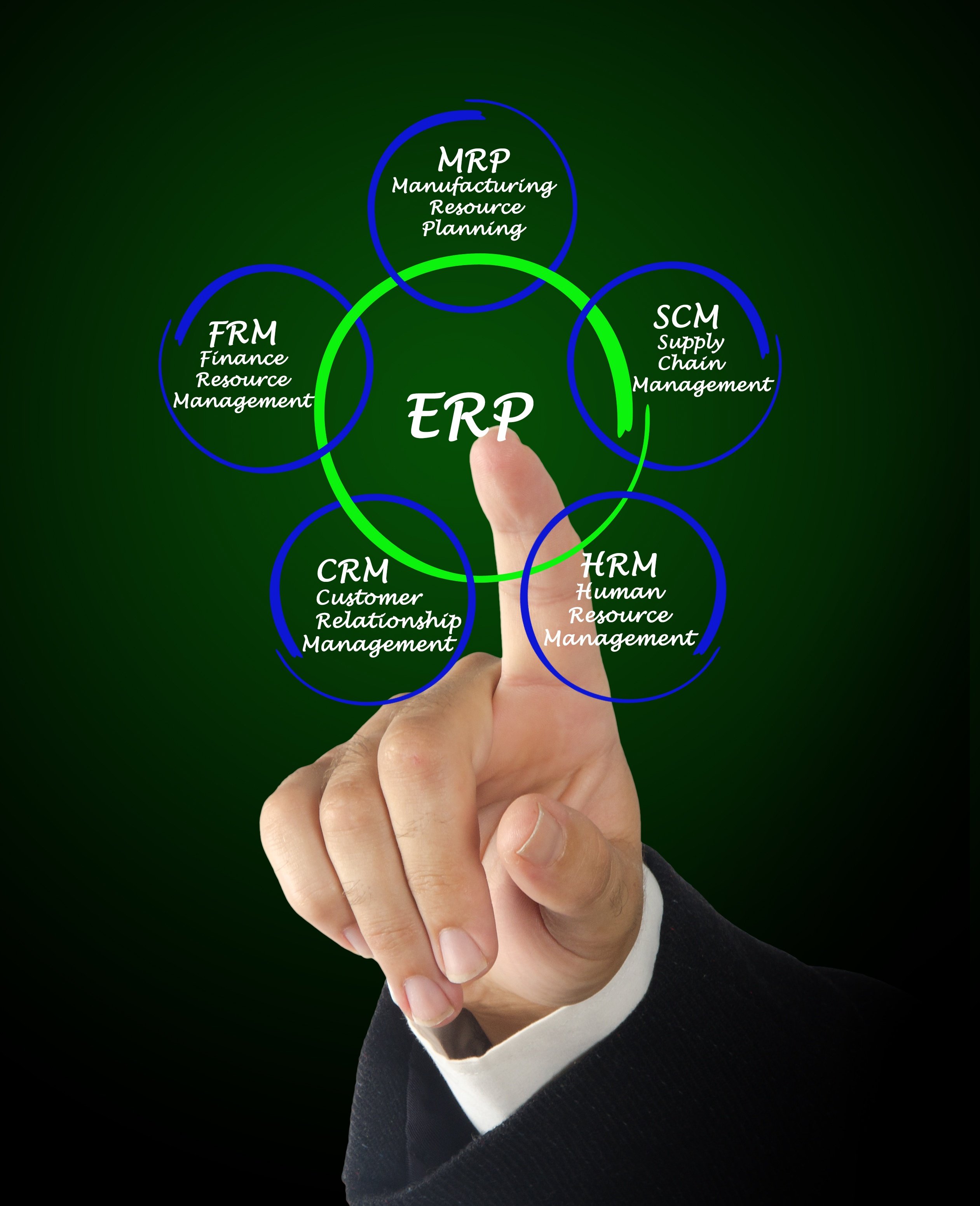Sage X3 is a strong business management/ERP system for manufacturers. It allows your business to keep full control of and optimize your manufacturing processes with materials resource planning (MRP), workflows, and procurement controls.
Here's why manufacturing company's should use Sage X3.
It includes the following capabilities:
- Creating replenishment and planning rules
- Managing master production and MRP schedules
- Handling manufacture to order, configure to order, and make to stock
- Utilizing a technical data configurator
- Building work plans
- Applying multiple material tracking methods with detailed cost accounting
Contact Us to Request a Sage X3 Demo
What Happens When You Don’t Have a System in Place
When you don’t have a business systemization strategy like Sage X3 in place, it leads to a lack of integrated data between accounting and inventory management and requires reporting needs that, over a long period of time, lead to poor decisions. In addition, it leads to the need for constant updates to keep the team “in the know” with the latest, most up-to-date information.
The lack of such a system, for example, may cause unnecessary procurement signals to order what is needed to support production activity and planned demands. Additionally, a lack of integration leads production and distribution teams to resort to industry-specific functionality that uses multiple applications to carry the load that a single ERP solution could carry. Later, issues arise when the industry-specific applications require updating; doing so can “break” compatibility.
Sage Enterprise Management prevents these issues; when manufacturing companies need industry-specific functionality, they don’t have to reinvent the wheel or try to customize from scratch – Sage Enterprise Management solves the unique challenges of manufacturing by allowing all users to share data in a centralized system.
Using Sage X3 for the Component & Process Qualification Phase
Materials are ordered during research and development, clinical builds, and commercial builds. It is vital that components have a planned audit trail on specification as part of the qualification phase; this ensures that specifications are controlled. The controls need to be on the physical process as well as the digital process through a business management system.
This phase proves that the components and process design is suitable for reproducibly manufacturing commercial batches. This phase contains several steps, such as qualification activities regarding facilities, equipment, and performance qualification (PQ). This phase encompasses the activities that are currently summarized under process validation; qualified equipment is used to demonstrate the process used to create a product in conformity with the specifications.
The Component & Process Qualification Phase plan should include the following:
- Test description
- Acceptance criteria
- Schedule of validations
- Responsibilities
- Protocol with pre-approval / post-approval
- Results
The final phase is to keep the validated state of the process current during routine production. The associates on the production line and in quality assurance should be encouraged to give feedback on the process performance, and you should track production errors to ensure that training measures are in place. Working together as a team on the project allows a company to make the most of Sage Enterprise Management’s numerous capabilities.
Using Sage X3 in Process Manufacturing
Bills of material (BOM) and formulas are the basic building blocks of process manufacturing and easily managed by Sage Enterprise Management. Formulas specify the ingredients required to make an end item; since ingredients can be expressed in different proportions – gallons, liters, pounds, etc. – Sage X3’s process manufacturing provides a powerful unit of measure conversion engine that accounts for the inherent variability of ingredient measurements and integrates it with the production process. This natural integration is important because it allows ingredients to be added at different times during the manufacturing process and it permits specified routing steps to be run simultaneously, such as when a batch must simmer at the same time another operation begins. Many companies need to focus on the device master record (DMR) and the impact of qualification phase and how materials are integrated into production and process controls.
The long and short of it? You should be using Sage X3 for manufacturing because it allows manufacturing companies to incorporate all their processes into one integrated solution. This allows your business to maintain control from the top down and make informed decisions as they are happening, which leads to better decisions that will ultimately have a positive effect on your bottom line.
Contact us for more information.
Talk to Us About Sage Software Support
 |
 |









